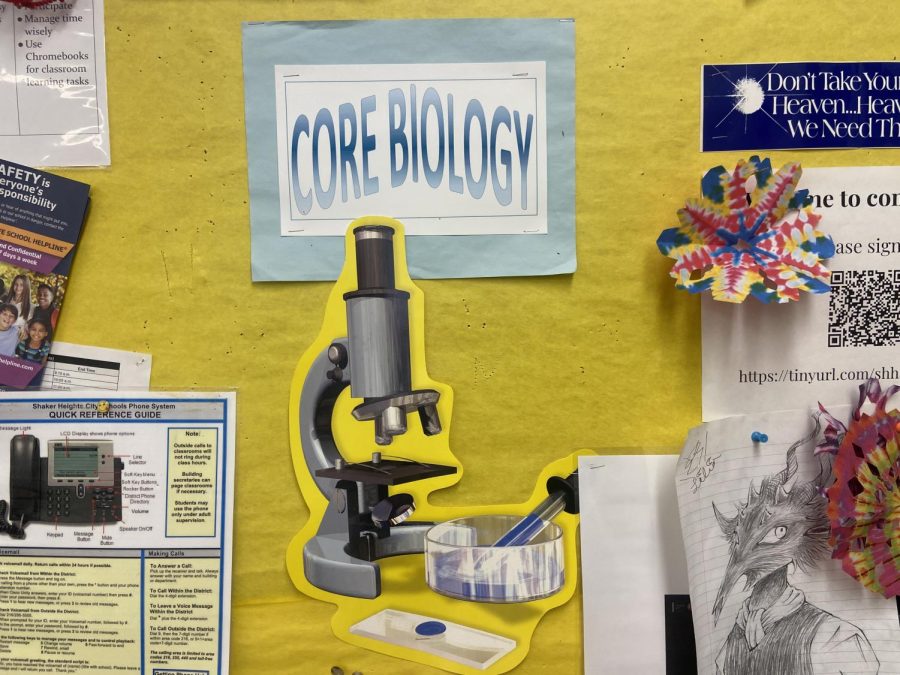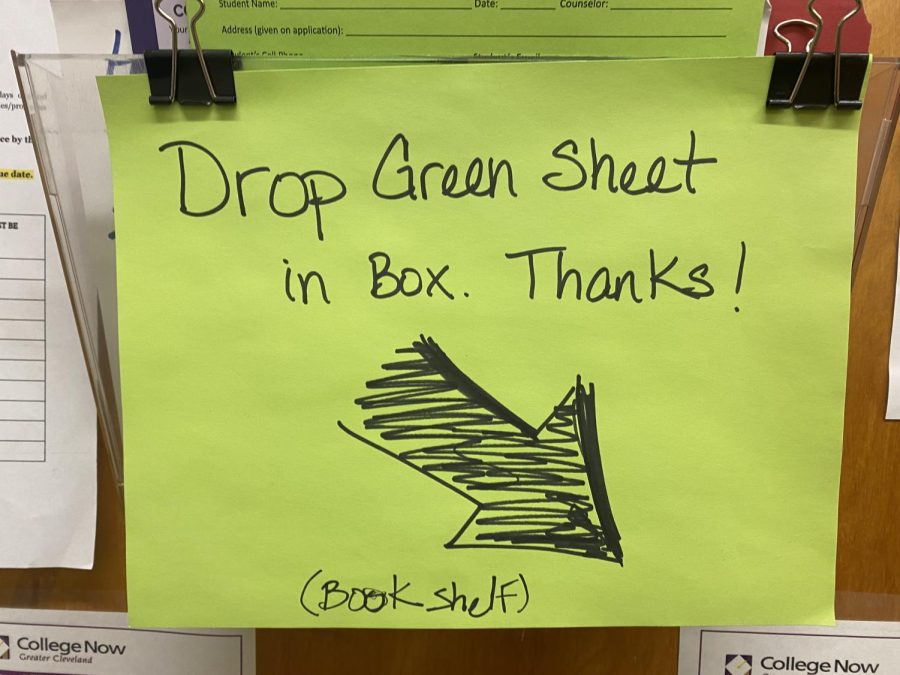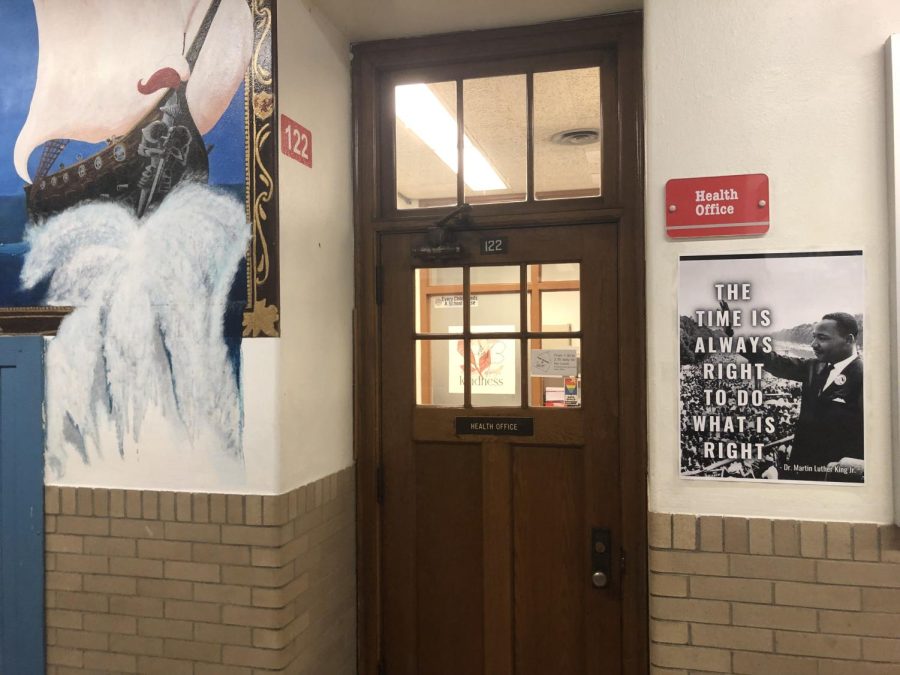Suspension is no vacation for students or teachers.
Students are responsible for the assignments they miss while suspended. Teachers gain the extra responsibility of providing the suspended student with his or her assignments.
Extra tasks accumulate for teachers throughout the suspension process, which begins when students misbehave and teachers write disciplinary referrals and submit then to students’ Assistant Principals.
In order to decide if a referral is necessary, history teacher Tod Torrence talks with his two other team teachers and the disruptive student to figure out why the student acted out.
When a student is suspended, his or her teacher receives an email requesting homework. Teachers are responsible for assembling the assignment materials and delivering them to a file crate in Room 110. A representative picks up the assignments each morning and takes them to the Shaker Heights Youth Center on Van Aken Boulevard, where suspended students K-12 spend their school days.
“It’s a little more work,” English teacher Robin Taylor said.
During a suspension, students work on school assignments made in their absence. If the student isn’t caught up with all their work upon their return to school, the teacher must bring the student up to date with the current class activities. Torrence doesn’t send quizzes or tests to the Youth Center, so his students always have to make them up upon their return to school.
“You have to give them a chance, but it is their responsibility to follow through,” Torrence said.
Teachers interviewed said suspended students don’t always return all assignments simultaneously. Students might not do the work properly because without contact with their teacher, they may misinterpret the instructions.
“I send in work; if returned, it gets graded. Students can come to conferences to make up work. They have every opportunity to make up assignments,” Taylor said.
Taylor, along with other teachers, structures her classes to minimize disruptions and bad behavior, using techniques such as seating arrangements and activities. Torrence teaches in a classroom where there are two separate back rooms. Torrence feels that the extra rooms are helpful because he can put a disruptive student in one of the rooms until that student regains control of himself.
Taylor feels that suspended students don’t usually affect the classroom environment. Typically, Taylor said, students won’t notice that classmates are gone when they are suspended.
A version of this article appeared in print on 3 October 2012, on page 6 of The Shakerite.





